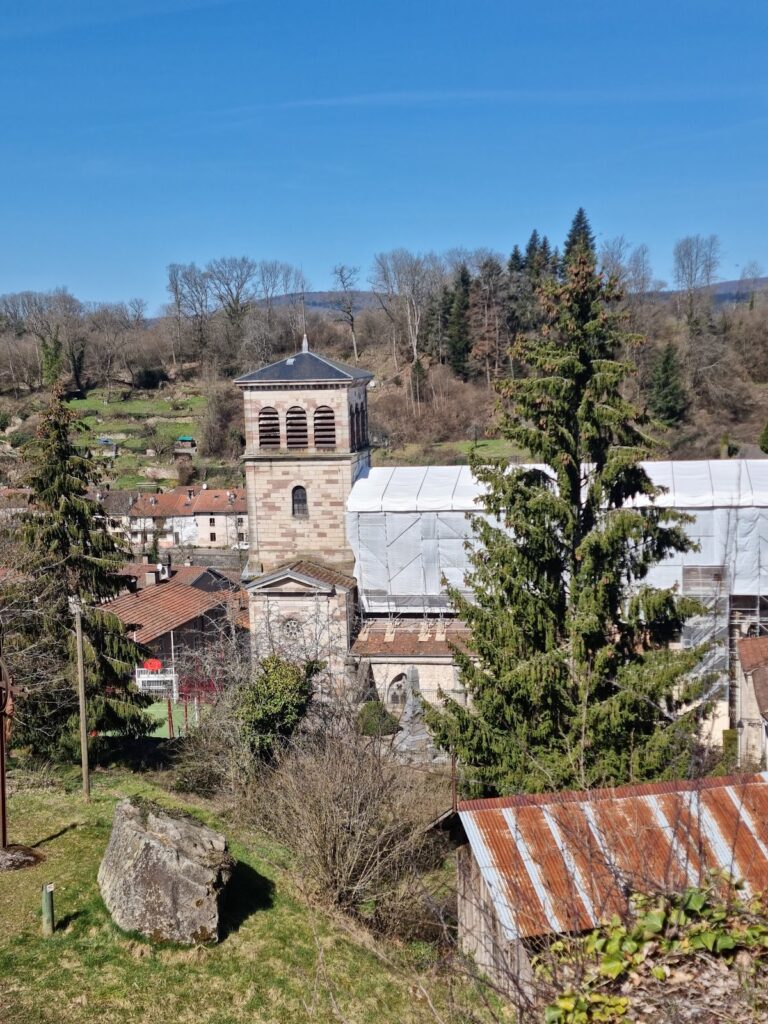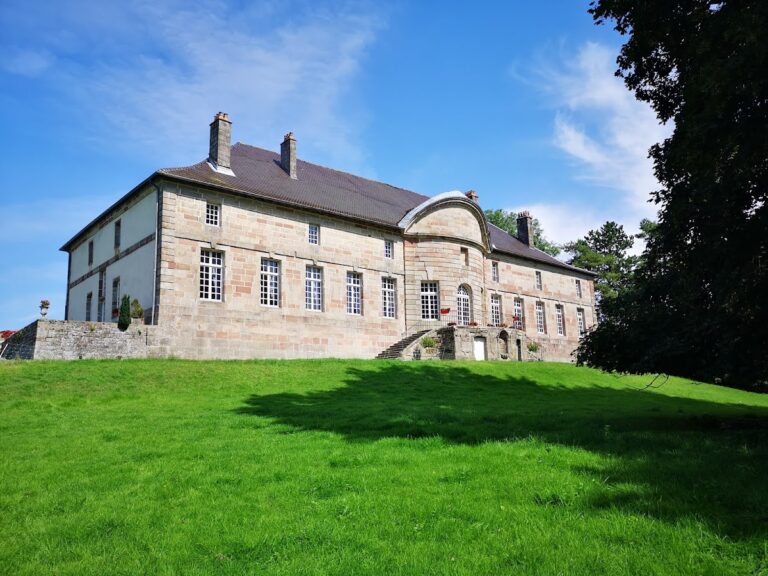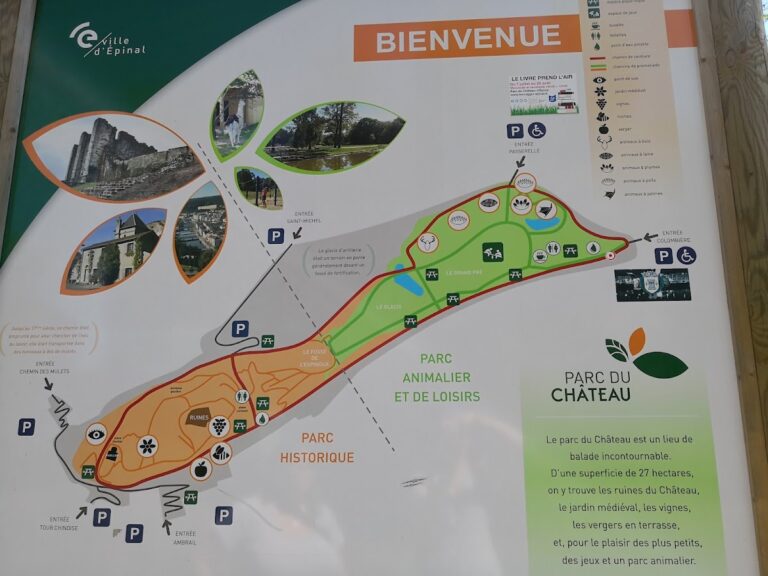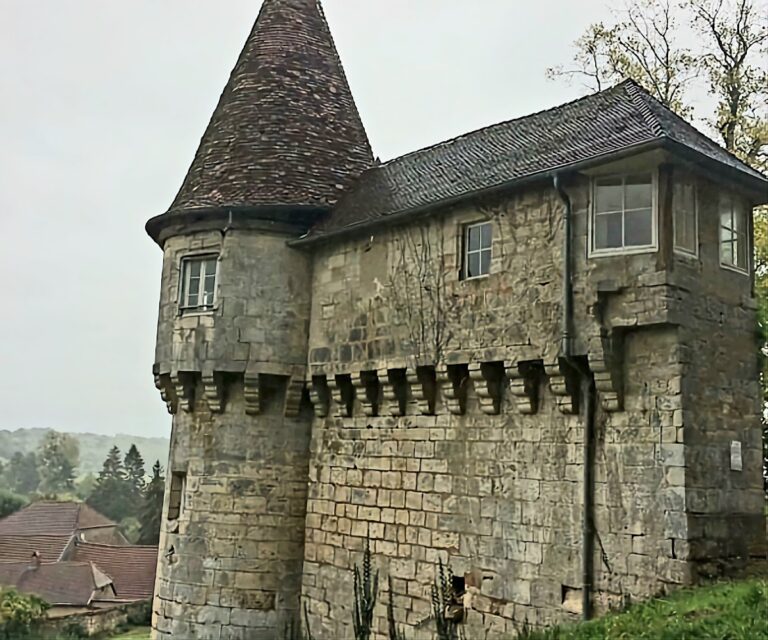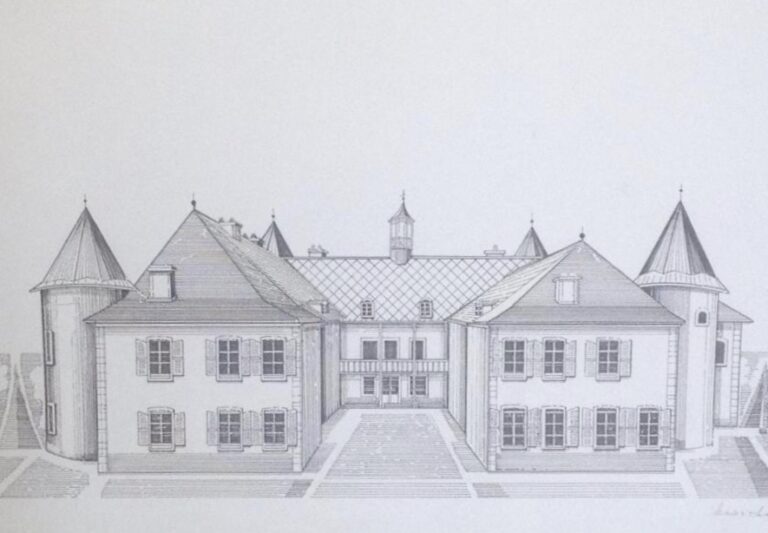Château de Fontenoy-le-Château: A Medieval Fortress in the Vosges, France
Visitor Information
Google Rating: 4
Popularity: Low
Google Maps: View on Google Maps
Official Website: amisduvieuxfontenoy.jimdo.com
Country: France
Civilization: Unclassified
Remains: Military
History
The Château de Fontenoy-le-Château is located in the municipality of Fontenoy-le-Château, France. It was established by the medieval Bishops of Toul, who controlled the surrounding lands and built the fortress to secure their territory in the southern Vosges region.
The castle was founded around the year 980, making it one of the earliest fortifications in this part of the Vosges mountains, alongside other early castles at Épinal and Remiremont. The original purpose was defensive: to protect the bishopric’s domain and oversee the valley of the Côney River. Its strategic location allowed it to serve as an important node on the north-south trade routes crossing the area.
During the mid-14th century, specifically in 1360, the castle saw significant reinforcement under the Neufchatel family. This followed the marriage of Thibaut VI to Marguerite de Châlons, which led to expansion efforts designed to strengthen the castle’s defenses against the nearby Duchy of Lorraine. These additions helped the fortress withstand threats from neighboring powers.
The latter part of the 15th century brought further modifications to accommodate the emerging use of artillery in warfare. By the late 16th century, in 1596, key figures Diane de Dompmartin and Charles Philippe de Croÿ undertook consolidation works to reinforce the castle’s defensive structures and enhance its role as a secure commercial relay between regions.
During the turbulent period of the Thirty Years’ War in the early 17th century, the Château de Fontenoy-le-Château remained militarily significant. Governance of the castle changed hands from Africain-Charles de Saint-Lambert until 1633, then to Jacques de Huvé, and briefly to Jean Le Poivre. However, in 1635, a fire severely damaged the fortress, effectively ending its function as a defensive stronghold.
Following this event, the castle fell into decline. It was dismantled in the 17th century, with many of its stones repurposed for village buildings from 1750 onwards. The main keep was sold as national property specifically for its construction materials, while some walls were deliberately demolished using explosives to prevent structural collapse. Although parts of the main residence were sporadically inhabited until the time of the French Revolution, by the 20th century the ruins had suffered considerable decay.
Since 1978, a local association named Les Amis du Vieux Fontenoy (A.V.F) has actively worked to protect the site. Their efforts culminated in the launch of the S.O.S Donjon project in 2008, aimed at restoring the facing of the remaining keep and halting further deterioration, supported by various heritage organizations and national monuments authorities.
Remains
The Château de Fontenoy-le-Château was originally constructed on a rocky sandstone spur where the Côney River meets the Châtelain stream. This natural setting provided steep slopes on most sides, offering strong natural defenses for the fortress.
At the heart of the castle stood a large square tower, measuring roughly 13.5 by 16 meters (about 45 by 52 feet). Its walls were exceptionally thick—over three meters (10 feet)—and built with unusually large stones for the era, highlighting the high-quality craftsmanship and the importance of the structure. This tower served as the main keep and symbol of control over the surrounding territory.
Defensive arrangements included a dry moat located at the main entrance on the upstream side; remnants of this moat remain visible today. Additionally, the castle once featured a system of dams designed to flood the valley below in the event of an attack, a sophisticated defensive technique now lost but recorded in historical accounts.
Below the main tower, lower terraces sheltered various supportive buildings such as storerooms, cellars, and barns. These ancillary structures were situated on less exposed ground to reduce vulnerability while maintaining essential functions for the castle’s inhabitants.
Water supply was secured by capturing numerous natural springs found on site, an arrangement so important that it influenced the name Fonteniacum Castellum, linking the castle to its water resources in medieval records.
Adjustments made during the 15th century modified the upper curtain walls to provide positions suitable for artillery, reflecting changes in military technology. A foundation stone dated 1596 still lies in the upper enclosure, commemorating reinforcement work by Diane de Dompmartin and Charles Philippe de Croÿ.
By the 18th century, the castle’s stone facing had largely disappeared and walls were destabilized. Terraces were leveled and converted into gardens, and many stones were removed for building materials in the nearby village. Today, the keep remains as a prominent but heavily ruined monument. Since 2008, restoration efforts have replaced more than 300 carefully shaped and fitted dressed stones, weighing around 50 tons, to stabilize and restore the tower’s exterior and prevent its rapid disappearance.


